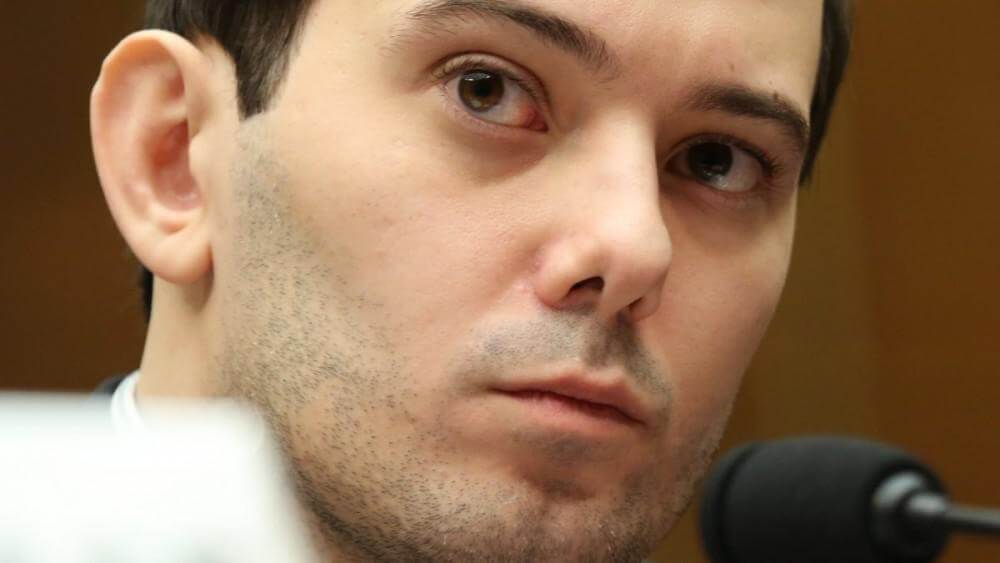
For people with opioid use disorder (OUD), buprenorphine is a lifesaving drug (J Addict Med. 2023 Sep-Oct; 17(5): 509–516.) As part of medication-assisted treatment (MAT), buprenorphine reduces relapse to illicit drug use and fatal opioid overdoses. However, patients who are taking buprenorphine doses that are too low can have persistent opioid cravings, withdrawal symptoms, and increased rates of treatment discontinuation with subsequent risk of fatal overdose.
There is considerable evidence showing that doses of buprenorphine of 32 mg/day or higher have more significant benefits, such as reduced withdrawal and craving symptoms and reduced overdose rates. Even so, patients often confront difficulties obtaining appropriate buprenorphine doses from insurers, pharmacies, and even physicians. Insurers may refuse to pay for higher, more appropriate doses. Pharmacies may refuse to fill prescriptions for buprenorphine 32 mg/day, which is appropriate for many patients. Furthermore, many patients have been to substance use clinics in which physicians themselves refuse to increase buprenorphine doses appropriately for patients.
Much of the difficulty with buprenorphine doses is due to the Food and Drug Administration (FDA) dosing recommendations. The FDA package inserts for the drug states that the daily dose is “likely to be in the range of 4 mg to 24 mg” and that “dosages higher than 24 mg/d have not been demonstrated to provide any clinical advantage.” This is incorrect, and the studies that demonstrate that are discussed below. Additional material from the FDA even suggests that patients may request higher buprenorphine doses for secondary gain or diversion. So, despite an urgent need to de-stigmatize substance use disorders and get more people into treatment, stigma, and judgment are even present in the FDA dosing guidelines.
To understand why higher buprenorphine doses are often better for patients, it is necessary to examine the chemistry and pharmacology of the drug. As the buprenorphine dose increases, there are different thresholds for clinically beneficial effects. For instance, a higher dose is required to block the rewarding effects of illicit opioids (the patient would not experience a “high” or pleasure when using illicit opioids while taking buprenorphine) than to eliminate cravings and withdrawal symptoms, but both of these goals benefit patients. Furthermore, there are differences between patients in the dose needed to stop craving (this includes drug-related dreams and post-dream distress). Individuals also vary significantly in the doses they require for protection against withdrawal, craving, and opioid reward blockade.
Because buprenorphine is a partial opioid agonist, it both stimulates and blocks the opioid receptor. Thus, buprenorphine provides partial protection against opioid overdoses, and higher doses of buprenorphine also give more protection against overdoses of drugs such as fentanyl. To illustrate this property of buprenorphine, in one study, subjects were given buprenorphine. Then, they were given doses of fentanyl that would cause apnea (cessation of breathing) in the absence of buprenorphine. At lower buprenorphine concentrations, ventilation was decreased. Still, at a plasma buprenorphine level, which is achieved with a daily buprenorphine dose of slightly over 32 mg/d (four buprenorphine 8 mg tablets per day), the fentanyl, at least the dose used in this study, had no effect in decreasing breathing. So, higher doses of buprenorphine are likely more effective in preventing fentanyl and other opioid overdoses. Clinical studies also show that buprenorphine doses of greater than 24 mg/d are associated with better retention in treatment and fewer urine drug tests positive for opioids and cocaine.
Concerns about the diversion of buprenorphine are exaggerated in that diversion of buprenorphine, defined as overdose, injection, or development of opioid use disorder (OUD), is rare in the US. In fact, the risk of overdose death is reduced in those using nonprescribed buprenorphine, because of the partial agonist properties of buprenorphine. Those using nonprescribed buprenorphine are usually self-treating when access to care is unavailable or reduced. However, it is important to realize that street drugs often do not contain the drug they are sold as and may be contaminated with other dangerous drugs and substances.
Clinical studies show that buprenorphine doses of greater than 24 mg/d are associated with better retention in treatment and fewer urine drug tests positive for other illicit drugs. In one study, treatment adherence (defined as filling more than 80% of prescribed buprenorphine) was five times more likely in patients on (Drug Alcohol Depend. 2020;216:108317.) greater than or equal to a 32 mg/day dose compared to 16 mg/day or less. Furthermore, patients who inject opioids may benefit from higher doses of buprenorphine than patients who do not. In a study of patients who had injected illicit opioids, receiving medication treatment with injectable long-acting buprenorphine, patients on doses equivalent to more than 32 mg/day were more likely to remain abstinent from opioids (Front Pharmacol. 2022;13:1052113.)
Pregnancy results in physiologic changes which may indicate that higher buprenorphine doses are needed. Buprenorphine blood levels in late pregnancy are 50% lower than baseline levels, so a patient who is initially stable on buprenorphine may develop withdrawal symptoms during pregnancy. Opioid withdrawal during pregnancy can cause an increase in the risk of miscarriage, intrauterine growth restriction and preterm birth. Keeping the mother out of opioid withdrawal and the expected infant healthy may require buprenorphine doses higher than 32 mg/day in some patients.Finally, data are convincing that doses of buprenorphine higher than 24 mg/day are often needed for OUD. Underdosing can result in failure to retain patients in treatment with potentially catastrophic results, in particular opioid overdose, an often fatal event. If you are getting treatment at a buprenorphine clinic and are having problems getting appropriate buprenorphine doses, call the Carty Addiction/ Internal Medicine clinic. In addition, we offer care for all substance use disorders along with primary care if you don’t have a primary care physician.
You Might Also Enjoy...
Treatment of Opioid Use Disorder
Treatment of Opioid Use Disorders Often Produces Dramatic and Life-Changing Benefits Although there is a national epidemic of opioid misuse and overdoses, treatment is effective. The most effective treatment is…
Jun 3, 2019Does Marijuana Lower IQ?
Who was ever harmed by smoking a little weed? Right? Wrong. Good research shows that people who start smoking marijuana, or cannabis, regularly when they are in their teens and…
Jun 3, 2019Imprisoned pharmaceutical investor Martin Shkreli put in solitary confinement for illicit cell use
Pharmaceutical investor Martin Shkreli, already in prison for securities fraud, was transferred to solitary confinement in March for using a contraband cellphone to run his drug company Phoenixus AG from…
Jun 26, 2019


